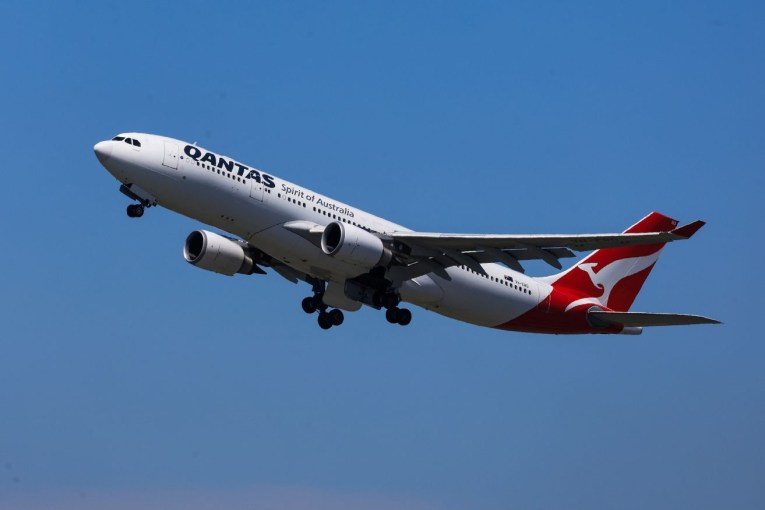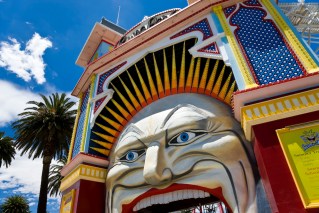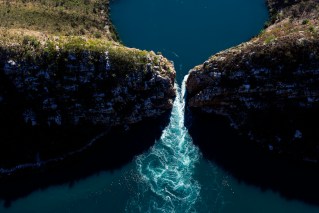No-go zones: What it’s like to visit countries our government advises us to avoid
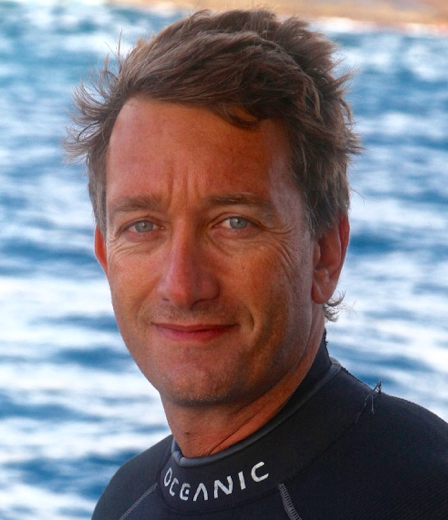
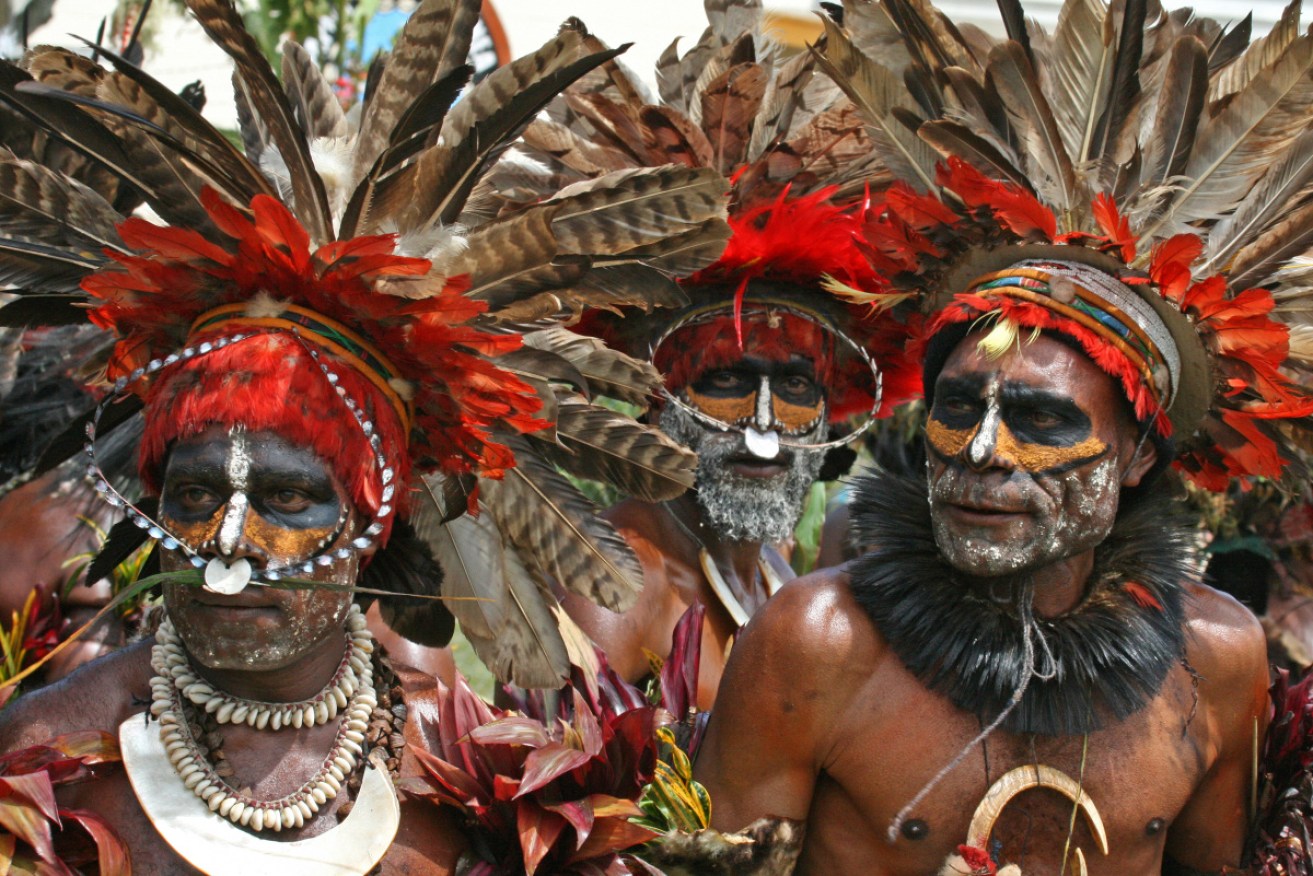
The federal government advises a high level of caution on any travel to PNG – but a visit can be done, and it can be fun. Photo: Getty
For well over a decade after the Vietnam war ended, the country was still considered a dangerous place to visit. But backpackers who went to Vietnam in the 1980s discovered there was nothing to fear, blazing trails for what it today South-East Asia’s fastest-growing travel destination.
The information lag continues today – fuelled, not doused – by the plethora of online information that allows anyone with a social media account and uninformed opinion to tell millions that Colombians are all drug dealers, they still eat people in Papua New Guinea and Iranians hate Westerners.
Yes, these are destinations where travellers must triple-check their insurance, where there might not be consular assistance if things go awry, and where the laws and values we have at home don’t always apply.
The Department of Foreign Affairs Smartraveller website encourages us to avoid all three of those countries. But take it from someone who’s been there: not only did I return home safely, they were damned good fun. The same warning applies to Pakistan, a country I’m yet to see which those who’ve visited can’t stop raving about.

Caution is advised for visitors to Pakistan, but that doesn’t mean its off the itinerary. Photo: Getty
Papua New Guinea
Official advice: Smartraveller advises exercising a high degree of caution in PNG because of high levels of crime, tribal disputes and sexual assault, including gang rape; and to reconsider travel to specific areas.
What it’s really like: A colonial construct of more than 800 historically warring tribes, PNG has a serious law and order problem.
But when interacting with foreigners, New Guineans are nearly always on their best behaviour. I’ve visited the country half a dozen times and have never felt at risk or heard as much as an unkind word – and my experience is not unique.
It’s not unusual to hear stories about tribes locked in pitched battle who take time-out to let cars or trekking parties pass unharmed. Anecdotes like these show how off-the-bell-curve PNG is – a country few outsiders will ever really understand.
The key to successful travel there is simple: offer a smile and handshake to everyone you meet and in no time you’ll make legions of ‘wantoks’. In Tok Pisin – the pidgin English spoken in PNG – wantok means ‘one talk’ or members of the same tribe who offer one another protection as well as safe passage through their lands.
Precautions: Anti-malarial medicine and the strongest bug spray you can find. Women have travelled solo through PNG but I don’t recommend it. Don’t walk around cities or towns at night.

PNG has many problems – but it also has many highlights. Photo: Getty
Iran
Official advice: Smartraveller urges Australians to reconsider their need to travel to Iran due to the risk of terrorism, arbitrary arrest and acts of political violence targeting foreigners. The site says “do not travel” to some border areas.
What it’s really like: Iranians are probably the most hospitable people on earth. They literally form queues to befriend and assist the small number of Western tourists who ignore the hype and make the effort to see the Islamic Republic with their own eyes.
“My friends said you’re crazy. Why would I want to go to Iran?” said Huang Yanpei, a solo traveller from China.
“But I’ve found it to be very safe here for women.”
As for Smartraveller’s warning about terrorism and its specific reference to the June 2017 terrorist attack in the capital Tehran, it’s worth noting it was the first terror attack in the country since 2008 – making Iran statistically safer from terrorism than western Europe.
Iran, as the heir of ancient Persia, is a mecca for intrepid tourists. From mediaeval mud-brick cities that rise like mirages from the desert, to old mansions reinvented as boutique hotels, to a flourishing medical tourism industry and the world’s most-affordable skiing, Iran is the friendliest, cheapest and most interesting country I’ve ever seen.
Precautions: Foreign debit and credit cards can’t be used in Iranian banks or ATMs. Take enough cash for your holiday, preferably in US dollars.

Iran is a country of extraordinary beauty that few Westerners will ever get to see. Photo: Getty
Colombia
Official advice: Smartraveller suggests travellers exercise a high degree of caution in Colombia because of the threat of terrorism and criminal activity, and to minimise road travel through rural areas. The site says ‘do not travel’ to specific areas on the borders.
What it’s really like: After nearly half a century of civil war between the state, narco-terrorists and communist insurgents, Colombia is finally at peace and tourism is booming.
Three million foreigners visited the country in 2017, up from only a few thousand in the late 1980s, when TIME dubbed Medellin, Colombia’s second biggest metropolis, “the most dangerous city on Earth”.
The Colombia of today is an entirely different place to how it’s portrayed in Netflix’s Narcos. I spent two months riding around the country solo on a motorbike last year and never had a problem. In the small towns, especially, Colombians are warm and welcoming; I can barely recall a day on the road when I wasn’t invited to join locals for a cup of ‘tinto’ (coffee) or ice-cold ‘cerveza’ (beer).
Colombian cities are fine during the day but their CBDs and outlying suburbs become no-go zones at night when the country’s bloated police force inexplicably disappears and crackheads take over the streets.
There are exceptions however, mainly touristy areas like La Poblacion in Medellin, the old city of Cartagena and San Sebastian in Cali, which are policed after dark. As long as you keep your nose clean in Colombia, you’re unlikely to get into any trouble in what is arguably the most beautiful country on Earth.
Precautions: None. But as few Colombians speak English it’s prudent to learn some Spanish before you go, especially for solo travellers. The free Duolingo app is a great place to start.

After years of violent unrest, Colombia is entering a new era of relative peace. Photo: Getty
Pakistan
Official advice: DFAT urges Australians to think seriously about their need to travel to eastern Pakistan and advises against all travel in western Pakistan and the border areas with Afghanistan and India.
What it’s really like: “Pakistan’s peak of violence was in 2013 and [it] was not considered safe to travel until 2017,” says travel writer Marco Ferrarese of MonkeyRockWorld, who visited Pakistan last year.
“It’s still a very masculine society, where women are rarely visible outside cities, but the people there are less Islamist and close-minded than I’d assumed. I had no problem talking frankly about religion with most Pakistanis – something I can’t do in Malaysia, where I live. And the hospitality of the Pakistani people far surpassed my expectations. Tourists are really welcomed and appreciated.
Ferrarese says Pakistan’s south-western province of Balochistan is still off-limits to tourists.
“You can make the overland crossing into Iran from Quetta but it’s subject to heavy security. I was told Peshawar was unsafe, went anyway and had a blast. Our host there was super-friendliest, as most Pashtuns are, though a bomb went off in a marketplace the following week,” he says.
“But, generally speaking, Pakistan is safe to visit, especially in the north. There’s an active couch-surfing community and several Facebook groups like Backpacking Pakistan, the Karakoram Club and See you in Pakistan where you can get up-to-date information on the security situation.”
Precautions: Women can travel solo in Pakistan but should dress modestly and be wary of overfriendly men. Avoid the south between May and August, when temperatures hit 50 degrees.

Those who have been there say Pakistan is much safer than most of us are led to believe. Photo: Getty
What about insurance?
A spokeswoman for insurance provider Travel With Jane advises that countries on the Australian government’s “do not travel list” are places where travel insurance companies can’t help if issues arise.
They include: Afghanistan, Burundi, Central African Republic, Chad, Iraq Libya, Mali, Niger, Somalia, South Sudan, Syria, Venezuela and Yemen.
“Of course you can go to these places if you wish, but if something happens during your time in a ‘do not travel’ country we won’t be able to support your claim,” the spokeswoman wrote.
“It’s worth checking out the next level down from ‘do not travel’, which also includes a tally of 14 countries, including tourist favourite, Egypt.
Countries on the “reconsider your need to travel” aren’t automatically in an insurance no-claim zone, but they are the sorts of destinations where things can change rapidly, so best to keep an eye on them.
They include: Algeria, Bangladesh, Burkina Faso, Democratic Republic of the Congo, Egypt, Eritrea, Haiti, Iran, Mauritania, Nigeria, North Korea, Pakistan, Saudi Arabia and Sudan.
Ttravellers can get insurance to nations on Smartraveller’s “reconsider your need to travel” list, but they won’t be covered if for issues in regions of those countries that are covered by “do not travel” warnings. Countries with current internal no-go zones are Egypt, Israel and Turkey.
Before you go, it’s vital to check what Smartraveller has to say about your destination.
